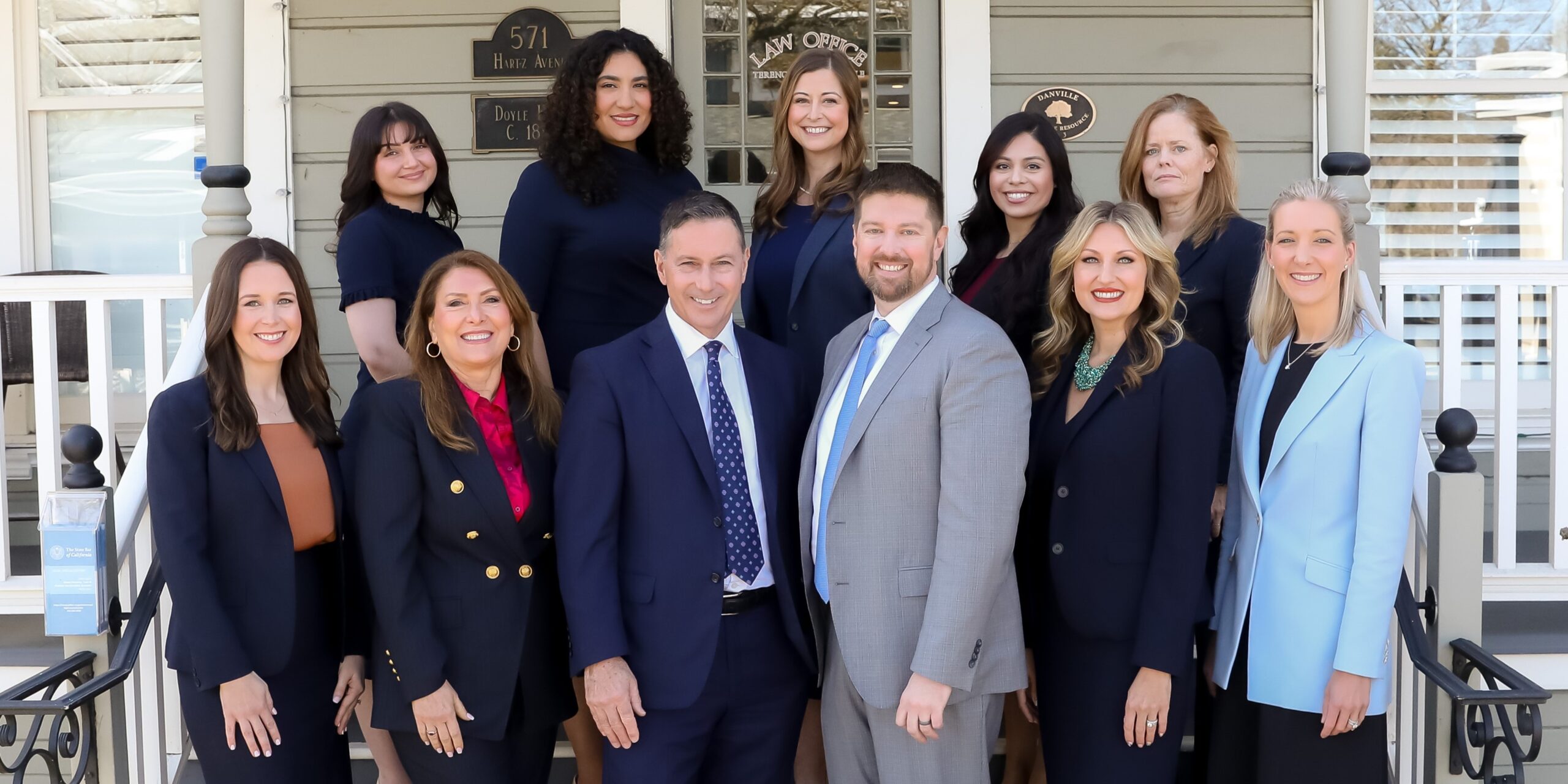It is not at all uncommon for two adults who are still parenting minor children to marry and blend their families. Whether both parents have children or only one of them does, a blended family is far more complex than separate families were before the marriage. A blended family, therefore, has more complicated estate planning needs than the average nuclear family in the United States.
Those who head a blended family and who have not created an estate plan yet and those who have older documents in place in need of updating may need to draft estate planning paperwork that accurately reflects their new blended family circumstances. These are some of the best estate planning strategies for adults in blended families who are planning for the future.
Talk about what the children can expect
A stepparent who married someone with young children may decide to include their stepchildren in their estate plan and give them an inheritance that is similar or equal to the inheritance of their own children. Other times, particularly when the children are older and both parents have achieved some degree of personal success, a stepparent may not intend to leave anything other than a few items with emotional value to their stepchildren. Making sure everyone in the family is aware of someone’s plans is important in such scenarios.
Think about how to protect one’s spouse
One of the concerns in a blended family is that a new spouse might find themselves at a disadvantage if their stepchildren inherit almost everything from the estate. Stepparents may have to worry about losing their homes or other resources that they count on for financial stability during their golden years. It will, therefore, be quite important for someone whose blended family estate planning goals include leaving assets for their children to have plans in place to meet the needs of their spouse if they die before their spouse does.
Consider creating a trust
One of the more effective ways to provide access to certain assets and baseline financial support to all family members is to create and fund a trust. Trusts give testators control over the distribution of their assets for years after their passing. They allow someone to name a specific individual to receive certain assets after a beneficiary no longer needs them. For example, a trust can include provisions for a spouse to remain in the marital home until they die, at which point the ownership would transfer from the trust to the children or other beneficiaries who will inherit the real estate.
Some people go so far as to create a prenuptial or postnuptial agreement with their new spouse to reinforce the terms that they have outlined in their new estate plan. For a variety of reasons, protecting all the members of a blended family often requires very careful and precise estate planning efforts.

